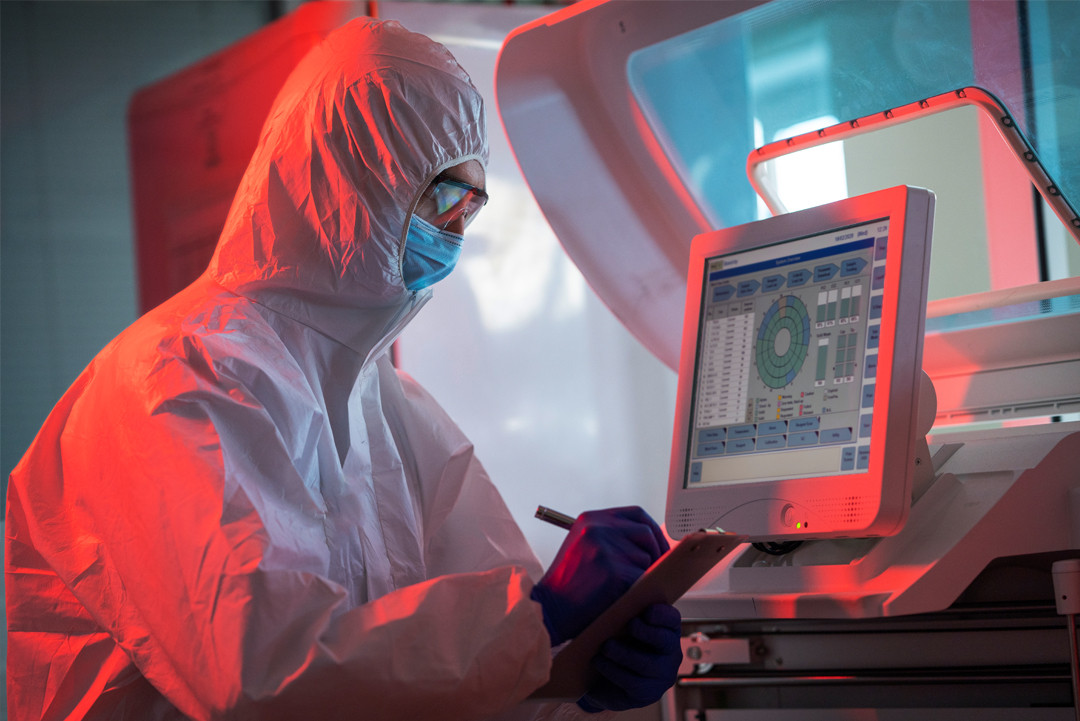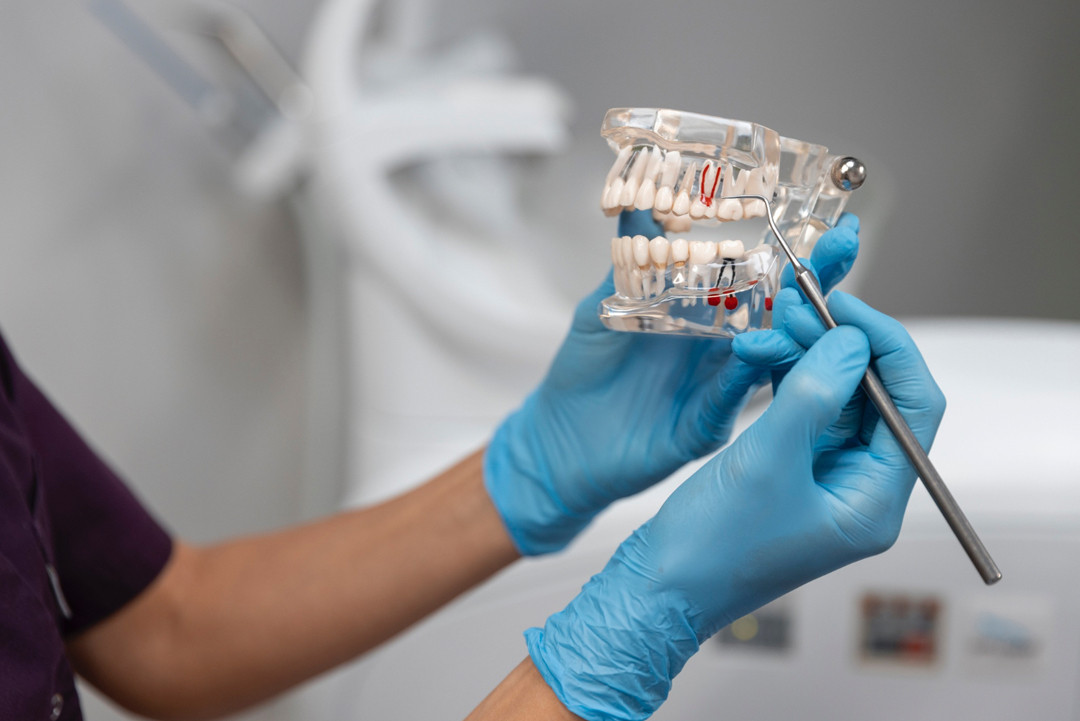What is Nuclear Medicine?
Nuclear medicine is a medical specialty involving radiopharmaceuticals—radioactive materials used for diagnosis and treatment. Unlike traditional radiology, where X-rays come from external devices, in nuclear medicine, the patient becomes the source of radioactivity through the administration of radiopharmaceuticals via injection, inhalation, or ingestion.
This allows for:
- Detailed imaging of organs and tissues using devices like PET and SPECT scanners.
- Non-surgical treatment options, including radiation-based therapies.
Diseases Diagnosed and Treated with Nuclear Medicine
Nuclear medicine is versatile, addressing both diagnostic and therapeutic needs for a variety of conditions:
- Cancer
- Diagnosis of cancer cells and monitoring treatment effectiveness.
- Treating conditions such as:
- Thyroid cancer.
- Neuroendocrine tumors.
- Prostate cancer.
- Bone pain due to metastasis.
- Heart Diseases
- Assessing coronary artery blockages and heart function.
- Follow-up care for bypass surgery and heart transplants.
- Neurological Disorders
- Diagnosing Alzheimer’s, Parkinson’s, dementia, epilepsy, and stroke.
- Monitoring outcomes after brain surgery.
- Infectious Diseases
- Identifying and monitoring infections.
- Specific applications include examining lymph node pathology or intestinal bleeding.
- Endocrine Disorders
- Evaluating thyroid and parathyroid disorders.
- Managing goiter and hyperthyroidism.
- Kidney Disorders
- Detecting kidney infections, urinary tract obstructions, and reflux conditions.
- Orthopedic Conditions
- Identifying occult fractures and bone infections.
Common Diagnostic Procedures in Nuclear Medicine
- PET and SPECT
- Purpose: Detailed imaging of organs and tissues.
- Applications:
- Cancer diagnosis and staging.
- Heart and lung disease evaluation.
- Neurological disorder assessments.
- Scintigraphy
- Types:
- Bone, thyroid, liver, spleen, and salivary gland scintigraphy.
- Myocardial perfusion scintigraphy for heart function.
- Lung perfusion and ventilation scintigraphy for respiratory conditions.
Common Therapeutic Procedures in Nuclear Medicine
- Radionuclide Therapy
- Uses targeted radiation to treat:
- Thyroid disorders.
- Cancer-induced bone pain.
- Rheumatoid arthritis and Crohn’s disease.
- Proton Therapy
- High-energy radiation specifically targeting tumors with minimal damage to surrounding tissues.
- Chemotherapy
- Uses powerful drugs to eliminate rapidly growing cancer cells.
- Biological Therapy for Cancer
- Employs immune system components to slow tumor growth and prevent metastasis.
- Radioembolization (SIRT)
- Combines radiation therapy with embolization techniques to treat liver cancer.
Benefits of Nuclear Medicine
- Precise Diagnostics: Allows early detection of abnormalities.
- Minimally Invasive: Many procedures do not require surgery.
- Effective Treatments: Targets specific areas with minimal side effects.
- Versatility: Suitable for various conditions, from cancer to neurological and cardiac disorders.
Conclusion
Nuclear medicine bridges the gap between diagnostic imaging and therapeutic interventions. Its unique approach—using radiopharmaceuticals—enables targeted, efficient, and often minimally invasive care. Whether for cancer treatment or heart disease evaluation, nuclear medicine provides a critical tool for advanced medical care.


















